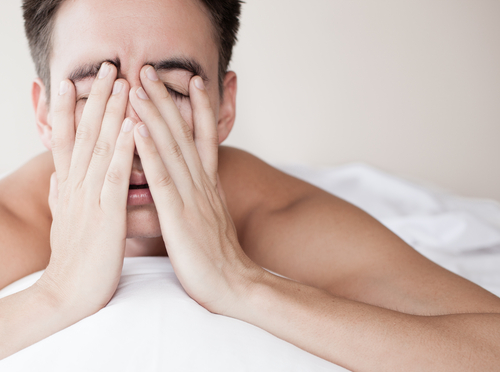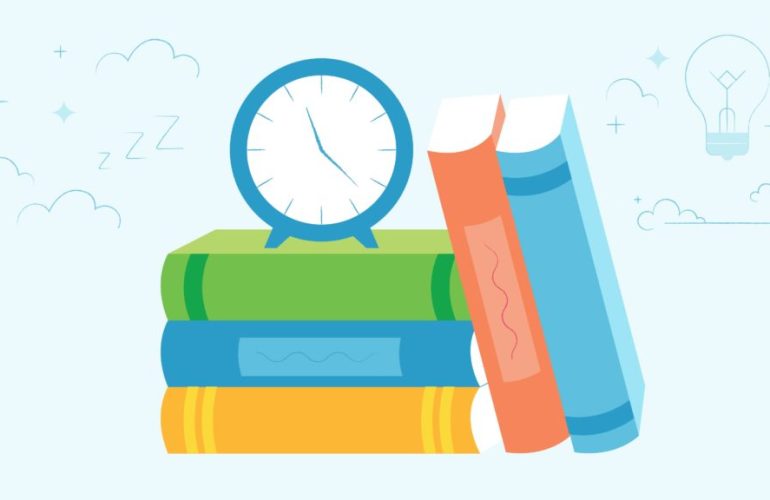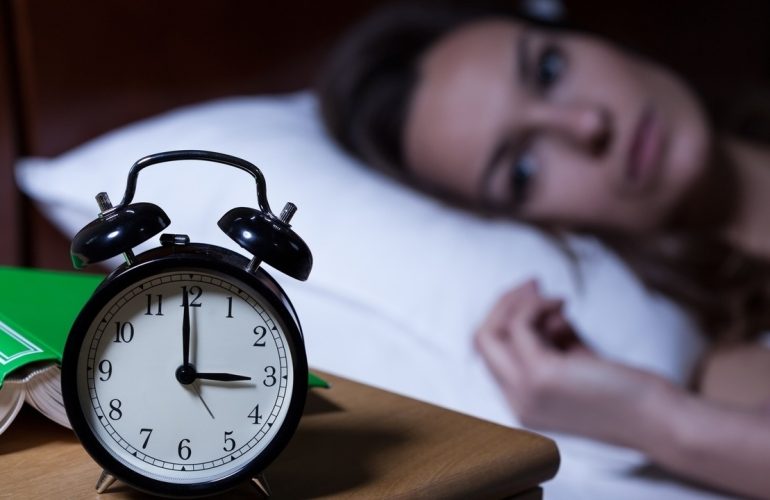[seasidetms_row data_width=”boxed” data_padding_left=”3″ data_padding_right=”3″ data_top_style=”default” data_bot_style=”default” data_color=”default” data_bg_position=”top center” data_bg_repeat=”no-repeat” data_bg_attachment=”scroll” data_bg_size=”cover” data_bg_parallax_ratio=”0.5″ data_padding_top=”0″ data_padding_bottom=”50″ data_padding_top_large=”0″ data_padding_bottom_large=”0″ data_padding_top_laptop=”0″ data_padding_bottom_laptop=”0″ data_padding_top_tablet=”0″ data_padding_bottom_tablet=”0″ data_padding_top_mobile_h=”0″ data_padding_bottom_mobile_h=”0″ data_padding_top_mobile_v=”0″ data_padding_bottom_mobile_v=”0″ data_shortcode_id=”o1hbhetw4″][seasidetms_column data_width=”1/1″ data_bg_position=”top center” data_bg_repeat=”no-repeat” data_bg_attachment=”scroll” data_bg_size=”cover” data_border_style=”default” data_animation_delay=”0″ data_shortcode_id=”huqo45tfkl”][seasidetms_text shortcode_id=”ktavd2ojbd” animation_delay=”0″]
A more common sleep disorder than most people are even aware, sleep apnea occurs when an individual’s breathing repeatedly stops and starts during the sleep process. The classic symptoms of this ailment include daytime fatigue, obnoxious snoring and overall restless sleep, with the most typical causes stemming from a blocked airway or a signaling problem in the brain.
Obstructive sleep apnea (OSA) is a sleep-related breathing disorder in which either the throat muscles collapse, the tongue falls back into the airway, or enlarged tonsils and/or adenoids impede air flow. When your airway becomes cutoff, the brain has to wake itself to signal the respiratory system to kick back into gear. This often leads to breathing resuming with loud gasps, snorts, or body jerks that may wake you from your slumber and disrupt your sleep
What’s most important to look out for in those suffering with this condition is an unknowingly tendency to stop breathing – repeatedly – throughout a sleep cycle. Once the airway is opened or the breathing signal is received, the individual may gasp a deep breath, make a “snorting” noise or even awaken completely, often reporting a sensation of gasping, smothering or choking.
Untreated apnea can lead to potentially serious health complications such as depression and heart disease, and can also leave a person feeling drowsy, thus increasing the risk of accidents while working or driving.
Sweet Sleep Studio Fast Facts About Apnea:
- Approximately one-in-five adults have reported mild symptoms of OSA, while one-in-15 exhibit moderate-to-severe variants.
- Approximately 18 million Americans have this condition, yet only 20-percent have been officially diagnosed or treated for it.
- Menopausal and postmenopausal women have an increased risk of OSA.
- Apnea remains an independent risk factor for hypertension (high blood pressure).
- While apnea is more widespread amongst those aged 50 and above, it can affect people of all ages – including children.
Though we touched on some obvious symptoms above, the following summarizes what family members or spouses may want to watch for with regard to a loved one perhaps experiencing apnea:
- Restless sleep or insomnia
- Difficulty concentrating
- Loud snoring
- Walking up several times a night to urinate
- Awakening with dry mouth or sore throat
- Morning headache
- Irritability
- Heartburn
- Decreased libido/erectile dysfunction
Likewise, though we dabbled in them in the beginning of this post, various factors can contribute to the blocking or collapse of the airway, including:
- Muscular changes (muscles that keep the airway open are relaxed during normal sleep; in apnea cases, this relaxation can be stifled, preventing the flow of air in and out of the lungs)
- Physical obstructions (any air that squeezes past the airway can cause the loud snoring associated with OSA)
Depending on the cause and severity of the apnea, there are different methods of treatment, with the overall goal being to normalize breathing during sleep. Breathing normalization has the following effects on apnea:
- Eliminates daytime fatigue
- Removes unwanted mental health changes from apnea or lack of sleep
- Prevents cardiovascular changes caused by the excess strain of improper breathing
Options for treatment include:
- Lifestyle changes (alcohol/smoking cessation, weight loss, side sleeping)
- Continuous positive airway pressure (CPAP) therapy (keeping the airway open by providing a constant yet gentle stream of positive pressure air through a mask)
- Surgery (can be used to stiffen or shrink obstructing tissue, or remove excess tissue/enlarged tonsils)
- Mandibular repositioning device (MRD; a custom-made oral appliance suitable for individuals with mild or moderate OSA)
Sweet Sleep Studio remains a sleep specialist go-to resource, and our experts are standing by to answer any questions about apnea that you may have. Contact us today at (913) 309-5963 and discover why we represent the sleep doctor Kansas City has been waiting for.
[/seasidetms_text][/seasidetms_column][/seasidetms_row]




